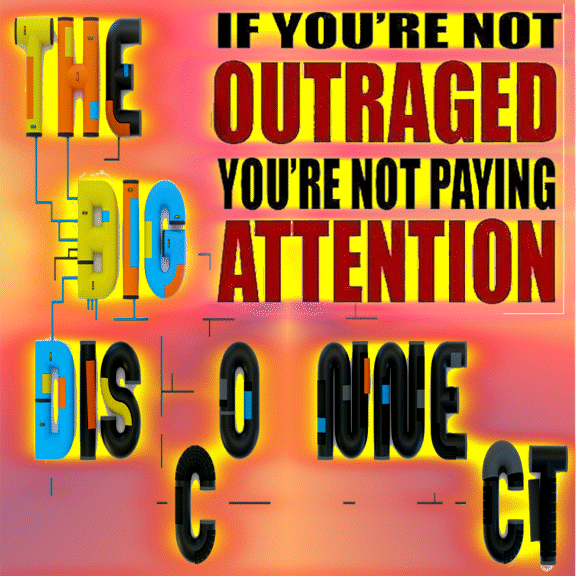As the coronavirus pandemic spread through the country, a common (socially distanced) conversation among friends and families compared how many hours of remote learning kids were getting. Preliminary results from a new survey of school districts confirm what many parents learned through the Zoom grapevine. The number of hours your kids got varied wildly depending on where you happen to live. But the amount of time was not the only difference, according to a recent survey: the type of instruction students received also diverged dramatically.
Twenty-five percent of districts said children in kindergarten through second grade were supposed to receive more than three hours of remote instruction every day but another 25 percent of districts reported only one hour or less. The two-hour-a-day difference narrowed a bit in higher grades but even by high school, many students received 1.5 fewer instructional hours every day than others (3 hours vs. 4.5 hours). Over several months of school closures, the daily difference in hours added up to a lot of instructional time. My back-of-the-envelope calculation puts it at more than 100 hours. (My math: 2 hours a day x 5 days a week x 12 weeks of school closures = 120 hours.)
“One key question is why these differences occur and what do these differences mean for students,” said Mike Garet, head of the survey team at the American Institutes of Research (AIR), a nonprofit research organization. AIR presented early results from its “National Survey of Public Education’s Response to COVID-19” at a virtual session of the Education Writers Association’s national seminar on July 22, 2020. AIR sent out surveys to more than 2,500 of the nation’s 13,500 school districts in May and plans to release results periodically to inform education policymakers during the pandemic. This early report represents a 19 percent response rate so far and includes data from nearly 500 districts across 49 states and covers a wide range of both urban and rural regions.
I was surprised to learn that the difference in instructional hours can’t be simply explained by poverty. When researchers diced the survey data up CONTINUE READING: PROOF POINTS: Survey reveals stark rich-poor divide in how U.S. children were taught remotely during the spring school closures - The Hechinger Report


